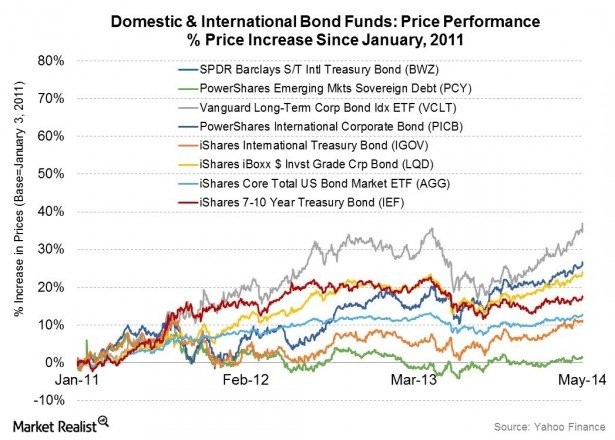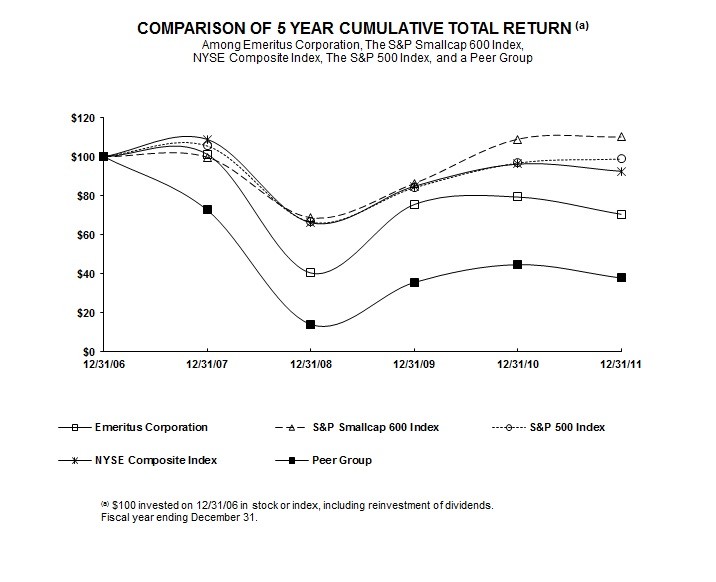Bond Funds and SEC Yields
Post on: 29 Май, 2015 No Comment

With bond funds offering multiple measures of income, it’s hard for investors to know what they’re getting or how to compare. So here’s the one gauge to look at.
The Journal Report
Some figure income yield by looking at recent historical data; others focus on the fund’s holdings and base their outlook on that. Different methods can cause expectations for the same fund to vary by a percentage point or more.
The best way to get a handle on a bond fund’s income prospects, most industry experts agree, is to look at a standard gauge called the SEC yield. This measure approximates the total yield that would be received annually for all of the bonds in a fund’s portfolio for the past 30 days assuming that each bond is held until maturity, and that all dividends are reinvested. It also accounts for fees and expenses. The methodology is spelled out by the Securities and Exchange Commission, hence the name.
It’s not likely that the bonds in a portfolio will be held until maturity. Still, the SEC yield helps investors envision what a fund’s income could be.
The SEC yield is better than historical data at estimating future income yield, says Ken Volpert, head of Vanguard Group’s taxable-bond group and co-manager of Vanguard Total Bond Market. It’s a close approximation to the net yield to maturity of the fund, which is what we as bond investors think about, he says.
Of course, income is only part of the return an investor earns from a bond fund. Total return reflects both income and the change in the fund’s share price.
Backward, Forward
Other ways of calculating bond-fund income yields include distribution yield, which is how much income a fund produced in the most recent 30-day period, projected as an annualized figure and divided by a recent fund-share price. Then there’s trailing 12-month yield, which takes fund income paid over the past 12 months, divided by the past month’s ending net asset value plus capital gains distributed over the same 12 months.
If that sounds complicated, it is. Both of these methods also rely on historical data, which means that only when interest rates are particularly stable are they likely to be a useful guide to what the fund might earn next month.
ENLARGE
Wesley Bedrosian
Still, some bond experts favor using both the historical data and the forward-looking SEC yield to get a more complete picture of a bond fund or ETF. Matthew Tucker, head of investment strategy for fixed income at BlackRock Inc. which runs the iShares ETF brand, says: Distribution yield is the best indicator of the current level of income a fund is paying. The yield to maturity [or SEC yield] is the best forward-looking indicator.
Calculations of SEC yields are all required to follow the same formula, which allows for consistent, apples-to-apples comparisons of the advertised yields of different funds. Vanguard Short-Term Investment-Grade recently sported an SEC yield of 2.4% and a distribution yield of 3.52%. The Class A shares of MFS Limited Maturity. a short-term offering from MFS Investment Management, had an SEC yield of 2.13% and a distribution rate of 3.79%, including sales charges and fee waivers.
The figures are so different partly because the SEC yield takes into account that some bonds in a portfolio trade at premiums to their maturity value and others at discounts. If a bond’s face value is $1,000, that is what the holder will receive at maturity, even if the bond is trading at $1,200 or $800 today.
During periods of low interest rates, it’s common for bond funds to hold a lot of premium bonds, which also pushes distribution yields higher than SEC yields. The price of these high-coupon bonds declines as they approach maturity, reducing the SEC yield.
When interest rates are rising, which many bond-market experts anticipate in the next year or two, funds will hold fewer bonds priced at a premium. Accordingly, the gap between distribution yield and SEC yield would narrow.

Uneven Approaches
Fund companies are required to show SEC yields on their Web sites, but they don’t all label them the same way. Fidelity Investments refers to 30-day yield on its Web site, while iShares shows 30-day SEC yield. Both calculate the yield to maturity of a fund’s investments over the past 30 days.
Vanguard.com displays the company’s bond-fund lineup at a glance, with distribution yield and SEC yield listed side by side. (Click to get a list of all Vanguard funds, then limit your request to bond funds, and select the Distributions tab.)
Ishares.com sizes up the two yield measures on a single page and compares the ETFs with their benchmark index. (Go to the Product Information tab and select Fixed Income Funds from the drop-down menu, then select Fixed Income Data.)
Fidelity.com notes 30-day yield but not distribution yield. (Click on the Research tab and choose Fixed Income from the drop-down menu, then click the Bond Funds By Type link and select a specific fund.) Says a Fidelity spokeswoman, Fidelity bond funds are managed for total return and not just yield, and we have not seen demand for the distribution yield.
Fund companies and financial Web publishers in general are inconsistent about income yield data they list on their sites, and those differences irk some investors. I’ve been spending more time trying to figure out where I should go with my fixed-income money, and man, is it ever incredibly frustrating to do an apples-to-apples comparison, says Al Bloomquist, an individual investor in Contoocook, N.H.
Income-focused investors need a way to search for and compare funds from different providers by their SEC yields, he says—a single chart, for instance, where competing funds are ranked by their SEC yields.
Nothing is super-convenient, Mr. Bloomquist says. I’d like to look at bond ETFs or bond funds and be able to see a table which shows me the 30-day SEC yield for corresponding funds, and I have yet to find it.
Mr. Burton is assistant personal-finance editor at MarketWatch in San Francisco. He can be reached at jburton@marketwatch.com .














